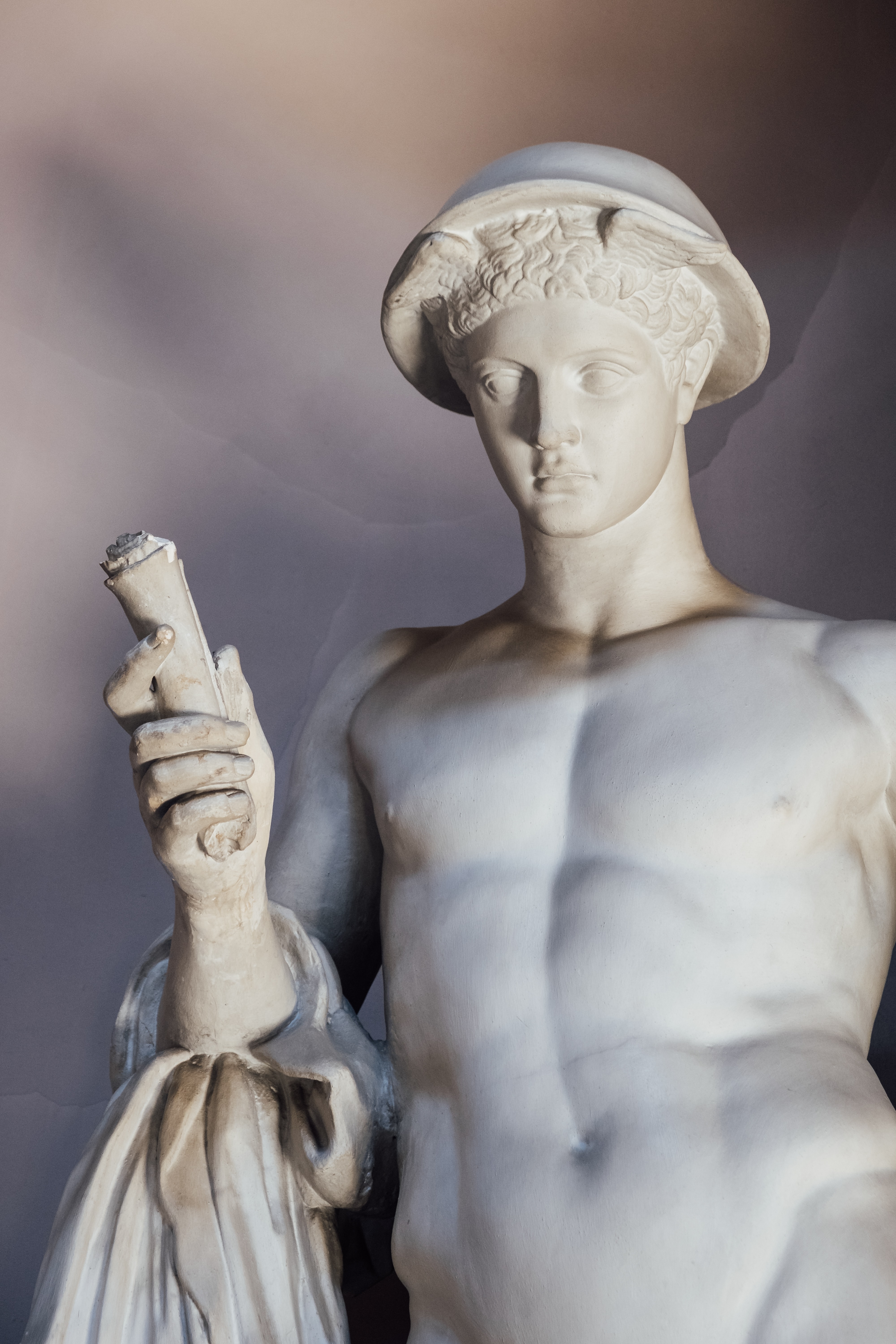Do ancient medical texts matter?
Medical Pharmaceutical Translations • Mar 22, 2021 12:00:00 AM

Updated: Mar 24, 2021
Egyptologists recently announced that they were able to translate a medical papyrus that dates to 1450 BCE. What made this an even more complex translation feat than usual is the fact that the papyrus had been cut apart, with some pieces of it housed in the Louvre Museum and others at the University of Copenhagen.
The museums and Egyptologists had to coordinate and work together, and the results were unquestionably worth it. In addition to information on skin diseases and medicinal herbs, a portion of the text gives basic instructions for mummification, making it the oldest known document containing this information.
This is exciting news for scholars and history lovers. But does this medical text – and other ancient or very old medical texts, for that matter -- have value in other ways? The answer is a resounding “Yes”.
Here are three reasons why centuries-old medical texts still matter:
1. They help us preserve and transmit knowledge.
Science historian Alain Touwaide points out that ancient texts can be read in their original language, which keeps these languages from completely dying out. Medical texts also, of course, teach us how our ancestors perceived health and the human body, as well as the remedies they used.
These texts can even contain information totally unrelated to medicine (at least by modern-day standards) .For instance, one manuscript that Touwaide has worked with included an ancient system for describing colors. A finding like this can provide valuable insights for scholars in fields like archaeology, literature, and art history.
2. They contribute to a thread of continued knowledge.
Ancient Greek medicine is considered the basis for medical knowledge in the Western world. Texts by Ancient Greek doctors and philosophers have been translated and transmitted through the ages and are still influential today. One very noticeable example is the Hippocratic oath.
Traditional Chinese medicine is another type of medical knowledge that’s been passed down through centuries. Today, it continues to be practiced in many parts of the world. Knowledge of the healing properties of countless herbs and even certain animal bodily fluids, as well as practices like acupuncture, date back more than 2000 years.
3. They can help us find “new” ways to fight disease.
Old medical practices can help modern-day patients in surprising ways. For instance, artemisinin, a wormwood-derived drug developed thanks to ancient Chinese medical texts, became accepted by modern medical practitioners as a treatment for malaria in the 1970’s, when resistance to other malaria drugs was becoming widespread.
As drug-resistant bacteria has become an increasing problem, solutions are being sought in the past as well as the present. Bald’s Leechbook is a compendium of treatments for various ailments, written in England around the 11th century CE. One of the treatments, a recipe for a salve against a sty (or eyelash follicle infection), was found to be effective when tested by modern-day scientists.
Shockingly, the salve did more than fight eye issues. Further testing found that it killed MRSA in mice!
So, whether or not you’re a history buff, the next time you hear about the discovery or translation of centuries-old medical texts, get excited! The insights we gain from these documents can contribute new knowledge to medicine and other fields. It can even help us handle current health issues, including conditions that may not have been known or understood when these texts were originally written.
Hermes, messenger of the gods
Contact Our Writer – Alysa Salzberg
